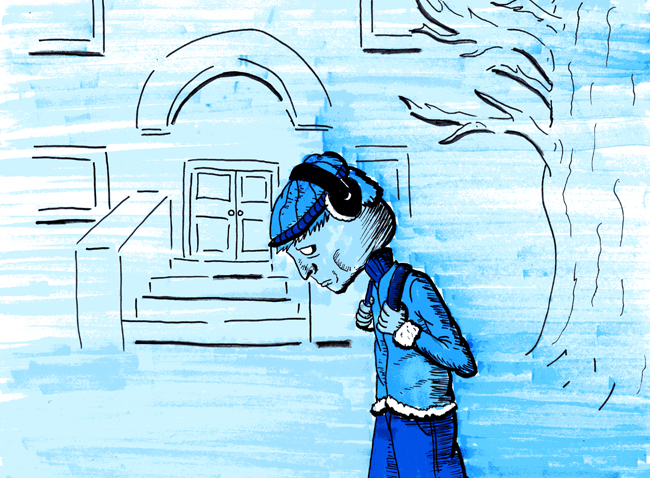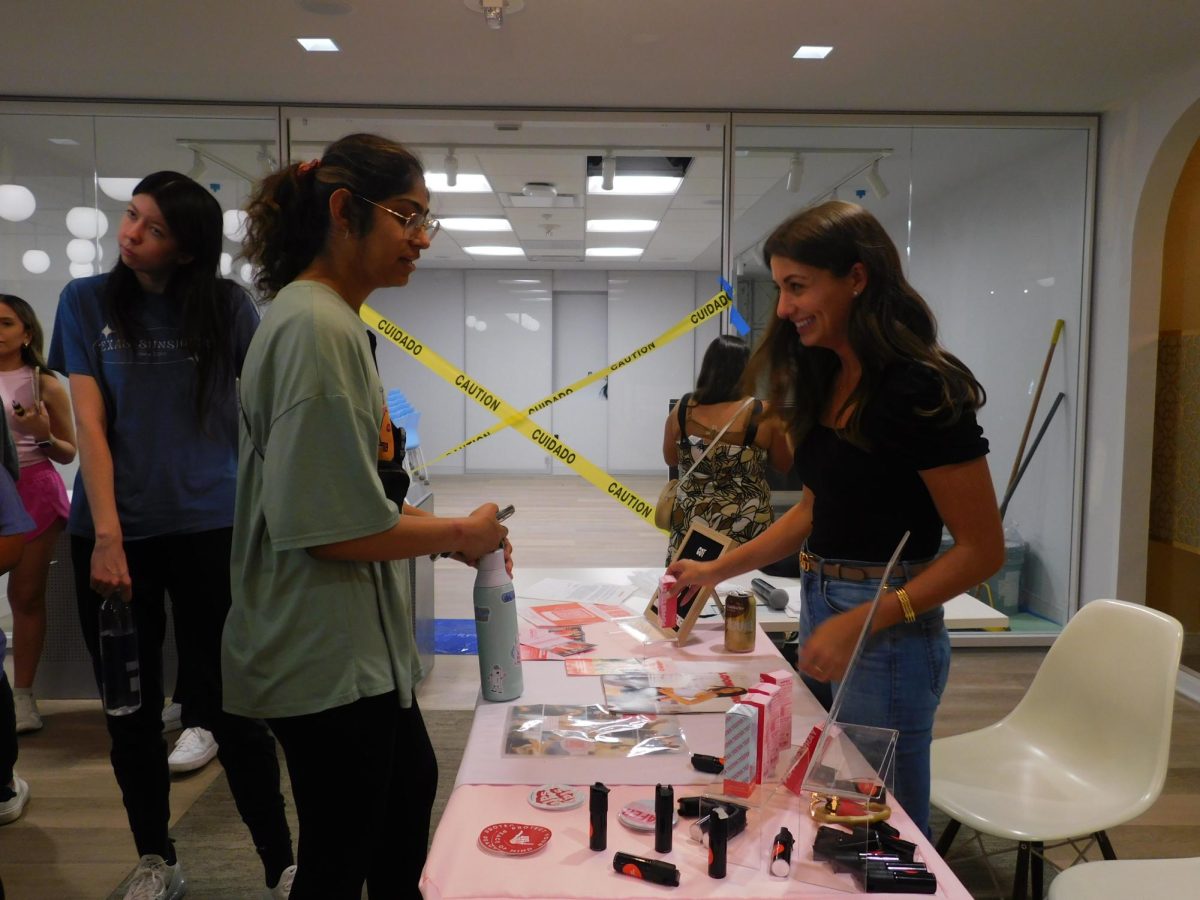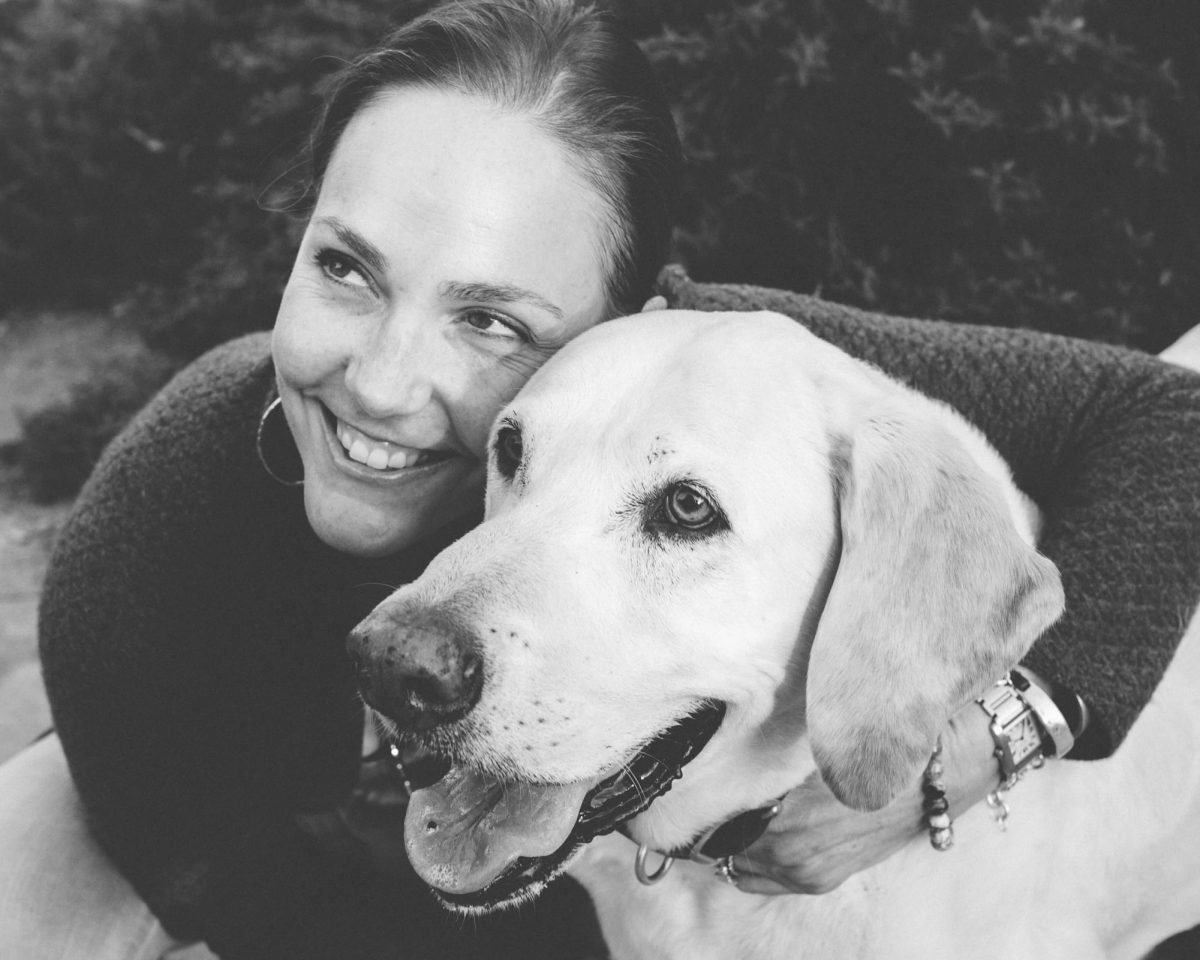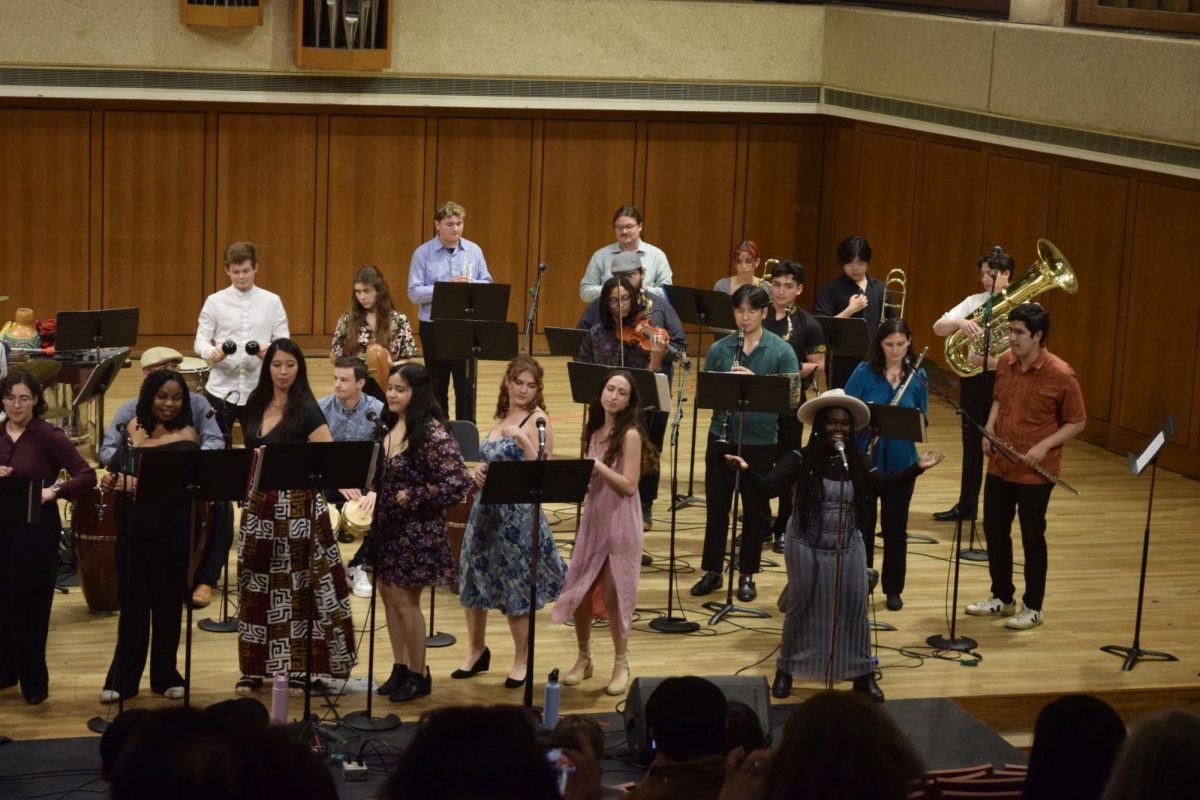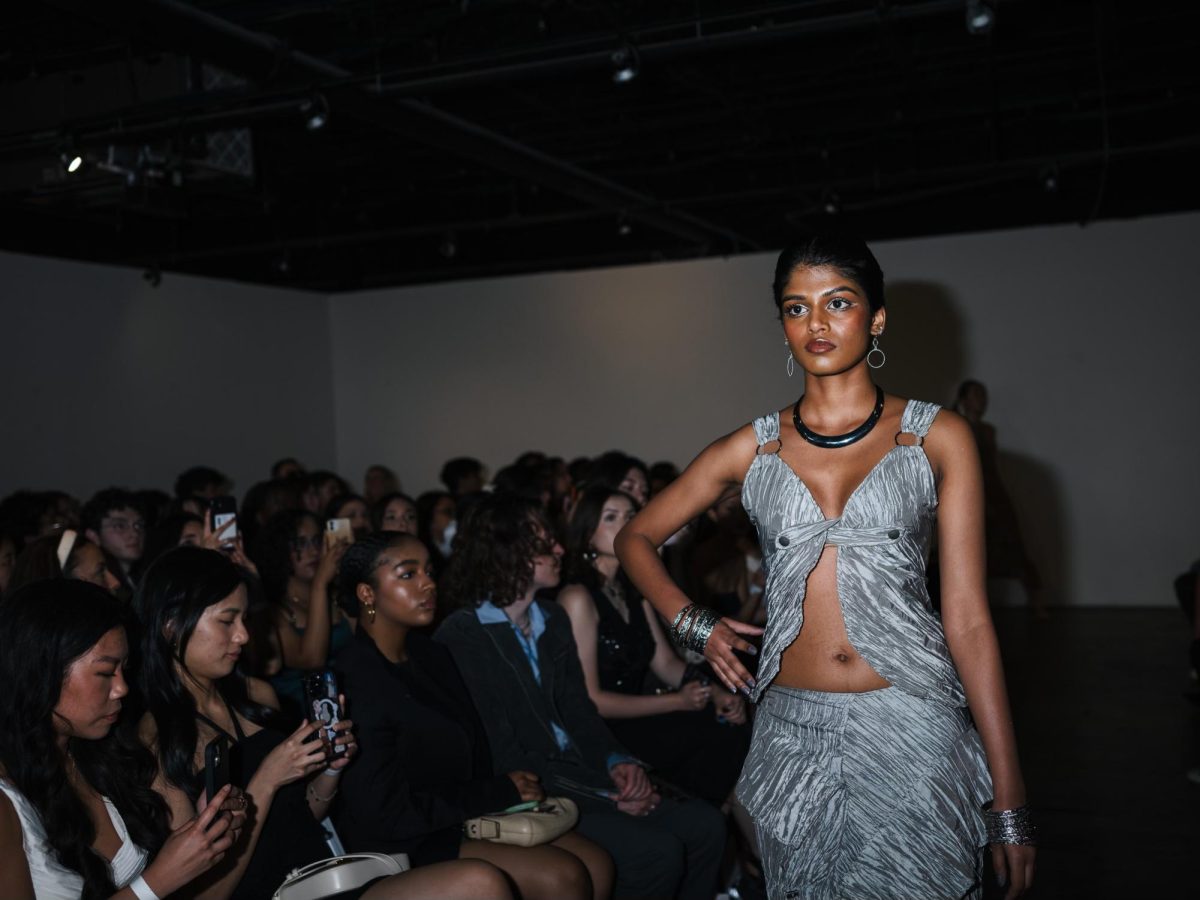If these are supposed to be the best years of our lives, then why are we all so sad?
The return to school for the beginning of the spring semester is a bittersweet journey. The freedom of living independently is regained, but the home cooked meals and a bed that does not double as a couch are lost. Finals are over and obligations are minimal, but there is an entire semester of unknown tortures that lie ahead through the foggy glow of the Christmas lights that should have been taken down
weeks ago.
To make the inevitable return to education and real responsibility even more of a nuisance, an increasing number of students have reason to
be sad.
Seasonal Affective Disorder, or SAD, is a subset of depression that is especially prevalent during the winter months when the days are shorter and the sun is less apparent.
According to Mental Health America, SAD is thought to be caused by low exposure to sunlight, resulting in an overall, well, sad disposition. Just as a lack of daylight drives certain animals to load up on carbohydrates and sleep for months on end, SAD can cause humans to carbo-load and seek the comfort of their beds more than usual.
This is all pretty inconvenient timing for college students, since the beginning of winter brings about final exam week and winter break as well. Mental Health America cites the primary age group for those affected by SAD to be young adults between the ages of 18 and 30, the same age as the majority of college students.
The high prevalence among college-aged adults makes sense, because for a 20-year-old on a budget, the holidays are not as merry as many students hope for them to be.
The first week of winter break is often spent in something resembling a mild coma that serves as a post-finals recuperation period. The second week is spent scrambling for holiday gifts that do not appear to be as cheap and last-minute as they really were. The third week is spent eating leftover holiday meatballs and baptizing our New Year’s resolutions in cheap champagne. The final week is spent preparing for the inevitable return to freedom, which carries with it the inevitable return to responsibility.
Not to mention the poor health and hygiene habits college students are notorious for. According to PubMed Health, ways to manage the symptoms of SAD include sleeping well, eating well and exercising often. These are not measures most college students tend to take during the end of the semester, or ever.
With all of these factors combined, it is no surprise that SAD is so prevalent among young, college-aged adults.
There are several treatments for SAD. One such treatment is light therapy, which involves staring into a lit screen for an extended period of time. Other treatments involve pharmacotherapy and talk therapy, which involves simply speaking to a counselor.
If you find yourself feeling more sad than your otherwise cheery peers during the winter months, don’t just chalk it up to a lack of holiday cheer. The winter blues are not a myth — they are a very real and specifically timed manifestation of depression.
Published on January 16, 2013 as "Winter leaves many feeling SAD".



